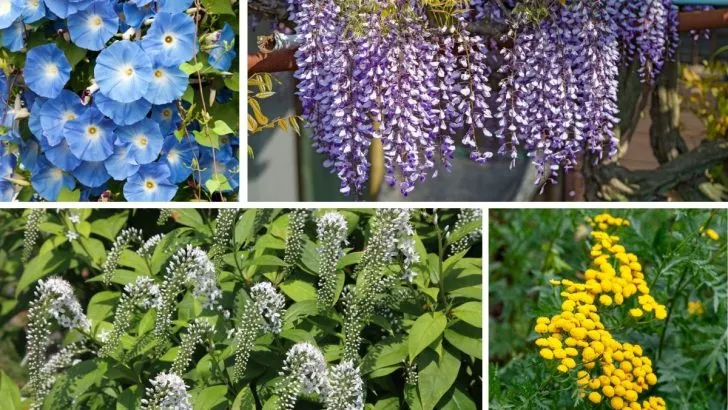Starting a garden is exciting, but before you dig in, let’s chat about a few plants that might cause more stress than joy.
Some plants look lovely and promise easy care, only to end up overtaking your garden, dominating the soil, and leaving you in a constant battle to keep them under control.
Here’s a guide to ten plants that have left many gardeners with serious regrets – plus some alternatives that bring beauty without the baggage.
So grab your gloves, and let’s dive into the plants that might be best left out of your garden!
1. Mint: The Sneaky Spreader
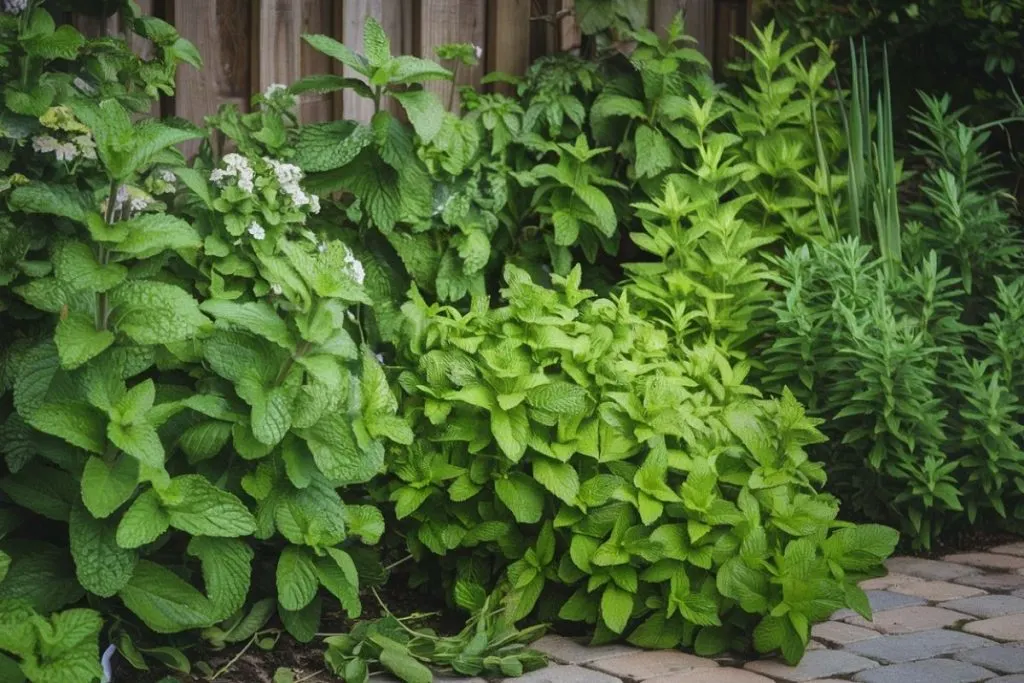
Mint smells amazing, and that fresh aroma is tempting. But mint is sneaky. Once it’s in the ground, it quickly spreads underground through runners, taking over beds and crowding out other plants. If you’re in a warm area, it grows even faster, leaving you with a mint-only patch before long.
If you’re set on growing mint, keep it in a container to keep it from escaping. And if you’re just after a fresh scent, try wild bergamot, a native plant that’s fragrant without being invasive.
2. Bamboo: The Garden Takeover
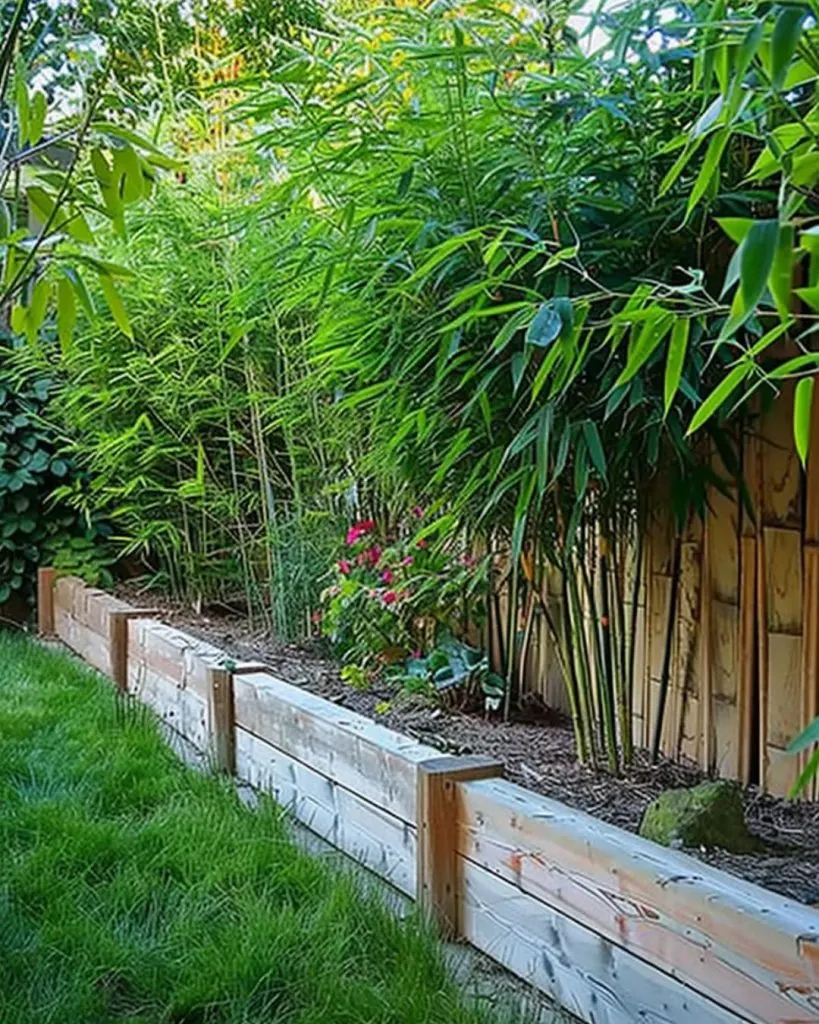
Bamboo has a certain tropical appeal, and it can make your garden feel like an exotic oasis. But don’t be fooled – some bamboo varieties are fast-spreading giants that can quickly overrun your yard with their thick, stubborn roots. Certain types even grow several feet in a matter of days!
If you love the bamboo look, stick to clumping varieties. They’re better behaved and won’t take over your garden like their “running” counterparts.
3. English Ivy: The Clingy Vine
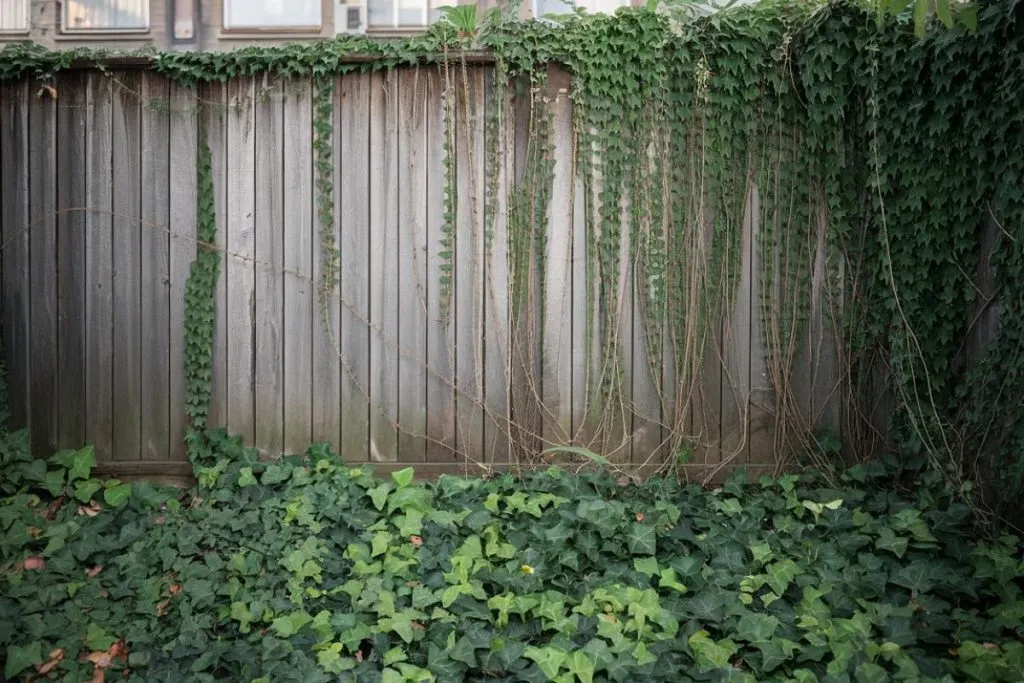
English ivy may look charming, but it’s the clingiest plant around. Once it takes root, it climbs walls, smothers trees, and pushes out other plants.
In warm areas, it grows year-round, and its vines can damage structures by working into tiny cracks and crevices.
For a similar effect without the hassle, consider Virginia creeper or climbing hydrangea. They’ll give you the lush, vine look without the invasiveness.
4. Wisteria: Beauty with a Beastly Side
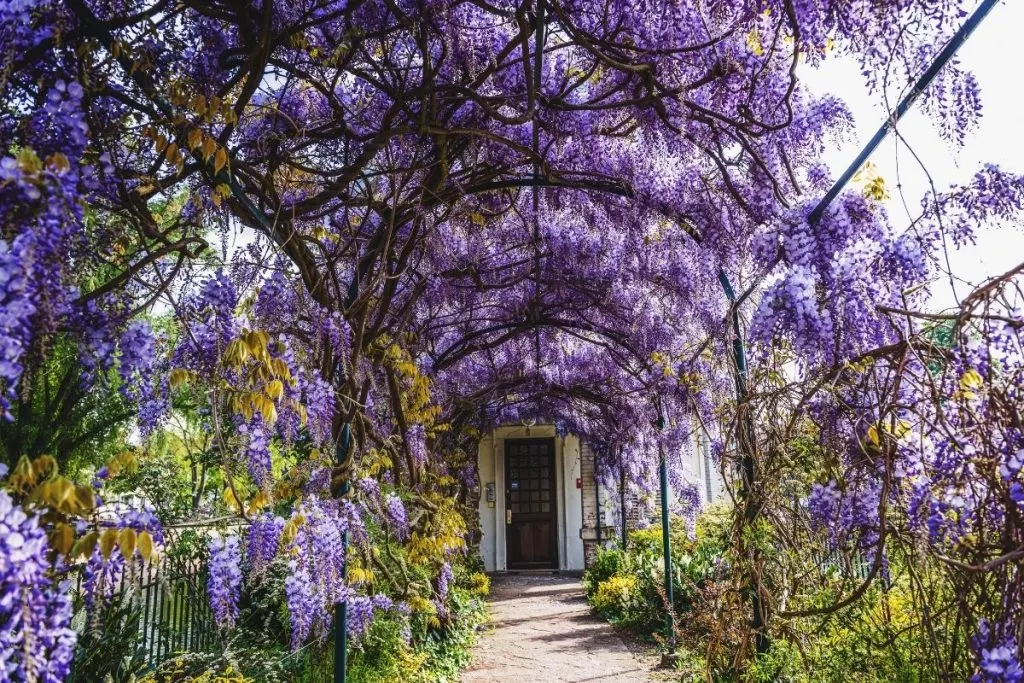
Wisteria’s purple blooms are show-stopping, but this vine comes with an aggressive personality. It can grow up to 10 feet in one season, with thick, woody stems that strangle nearby plants and damage structures. Wisteria also tests gardeners’ patience by sometimes taking years to bloom.
If you’re a fan of wisteria, try American wisteria (Wisteria frutescens), which is better-behaved than its Asian relatives.
5. Japanese Knotweed: The Concrete Cracker

Japanese knotweed might look delicate with its white flowers, but this plant is as tough as they come. It has roots strong enough to crack through concrete, and it can damage buildings, roads, and even flood defenses. In some regions, it’s actually illegal to plant or cultivate Japanese knotweed.
If you spot this in your yard, call a professional. Removing it improperly can lead to further spread, and you might even face legal issues if you don’t manage it correctly.
6. Morning Glory: Pretty But Problematic

Morning glory’s heart-shaped leaves and trumpet-shaped blooms look delightful, but don’t be fooled – this plant’s vines grow fast, self-seed prolifically, and can smother other plants in no time. Once it’s established, it’s challenging to remove.
For a similar look without the trouble, try planting native vines like cardinal climber or trumpet honeysuckle. They’ll add beauty without the aggressive spread.
7. Gooseneck Loosestrife: The Garden Bully
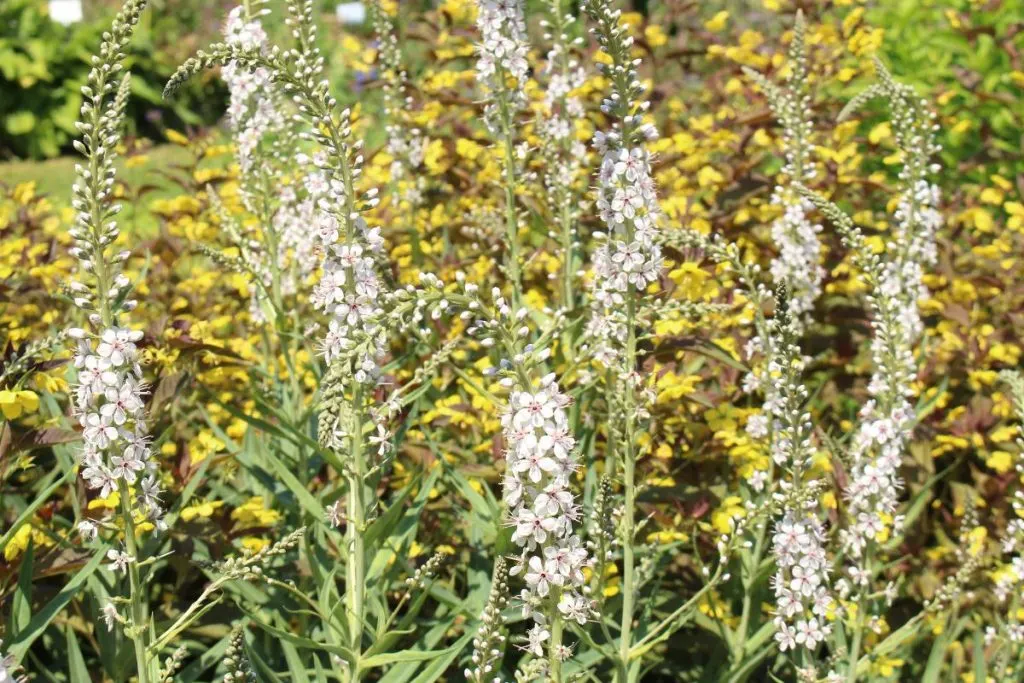
Gooseneck loosestrife has delicate white flowers, but don’t let that fool you. This plant spreads aggressively, choking out other plants in no time. Its strong root system makes it difficult to control once it’s established, and in some places, it’s even considered invasive.
If you want white flowers in your garden, try less aggressive plants like white coneflower or gaura. They’ll add elegance without the headaches.
8. Snow-on-the-Mountain: Ground Cover Gone Wild

Also known as Bishop’s Weed or Gout Weed, Snow-on-the-Mountain might seem like a simple ground cover, but it spreads fast through underground runners. Once it takes hold, it’s hard to get rid of – even tiny root fragments can sprout new plants.
Consider native ground covers like wild ginger or creeping phlox. They offer similar coverage without the rampant spread.
9. Tansy: Bright Yet Toxic

Tansy’s cheerful yellow flowers might seem appealing, but this plant comes with a downside: it’s both invasive and toxic. Tansy can cause health issues if ingested and may cause skin irritation. In some regions, it’s even classified as a noxious weed.
For a safer alternative, consider black-eyed Susan or coreopsis. They provide the same pop of yellow without the risk.
10. Ostrich Ferns: A Fern Frenzy
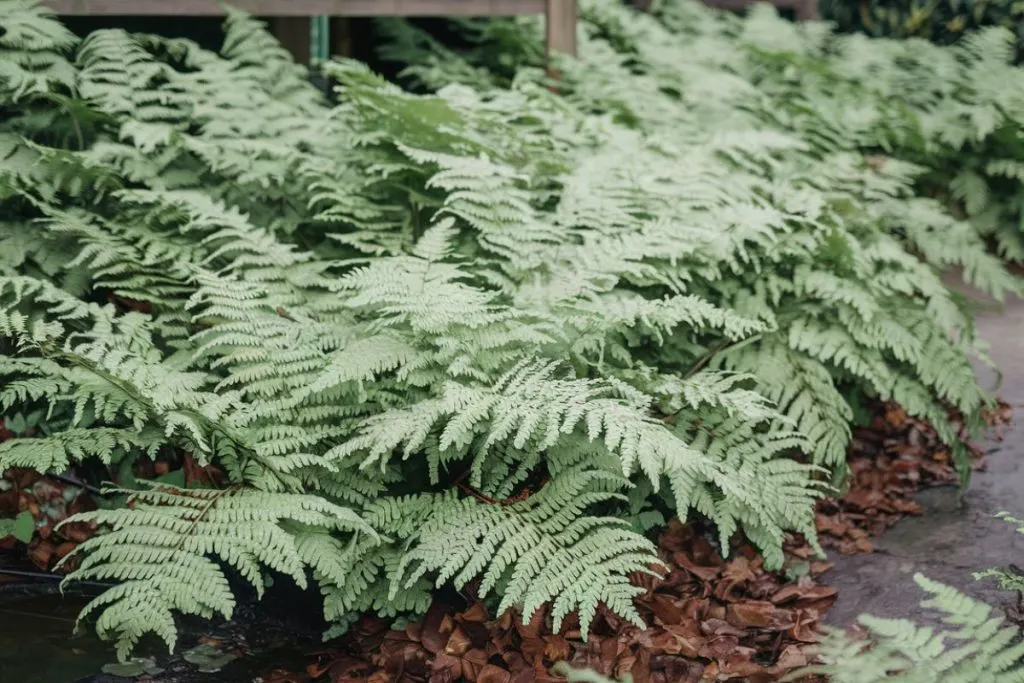
Ostrich ferns can bring a lush, woodland vibe to your garden, but they have a tendency to take over, especially in damp soil. Their underground runners allow them to spread quickly, and their large fronds can overshadow smaller plants.
For a similar texture that’s easier to control, try lady fern or maidenhair fern. They add a lush look without overpowering your garden.
Planting Smart for a Peaceful Garden

These plants may look lovely at first, but their aggressive growth can turn them into more of a headache than a help. Before adding any plant to your garden, take a moment to consider its growth habits, climate needs, and potential impact on your local ecosystem.
Native plants are often a great choice because they’re better adapted to your area’s conditions and less likely to spread uncontrollably. Plus, they support local wildlife, which adds even more beauty to your garden.
And remember, gardening is all about trial and error – don’t be discouraged if you’ve already planted one of these troublemakers. With a little patience, you can manage these plants or find alternatives to keep your garden thriving without the struggle.
So, grab your shovel and get planting – just maybe skip the mint this time around!

